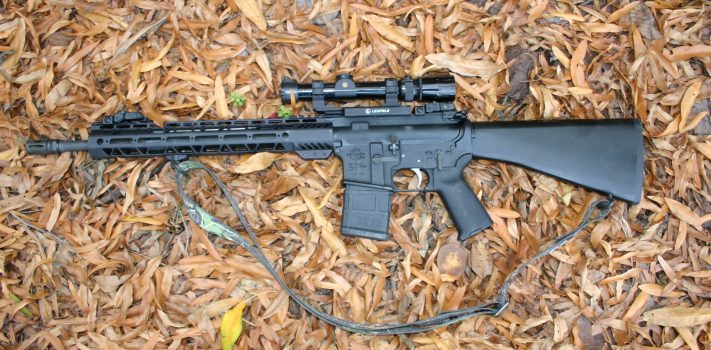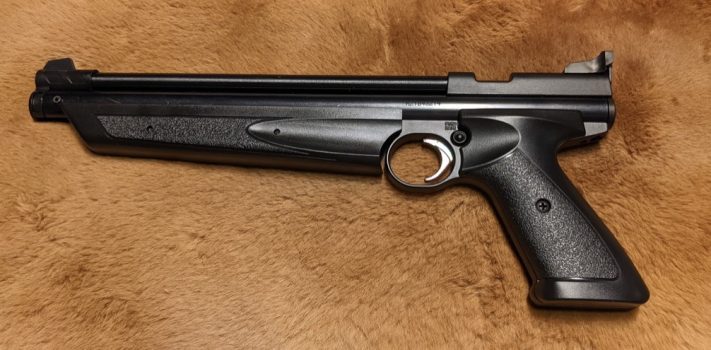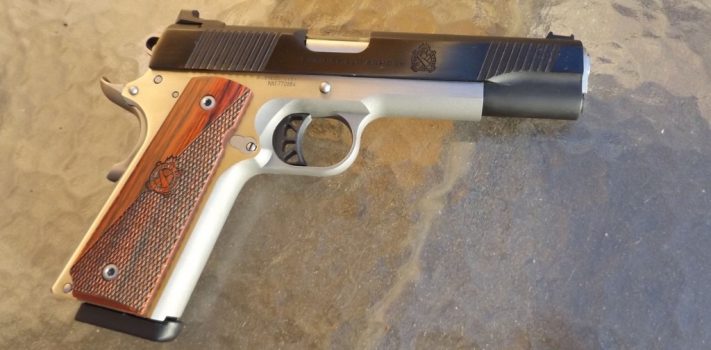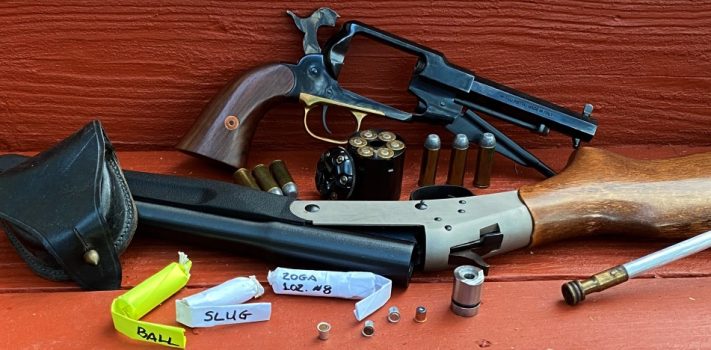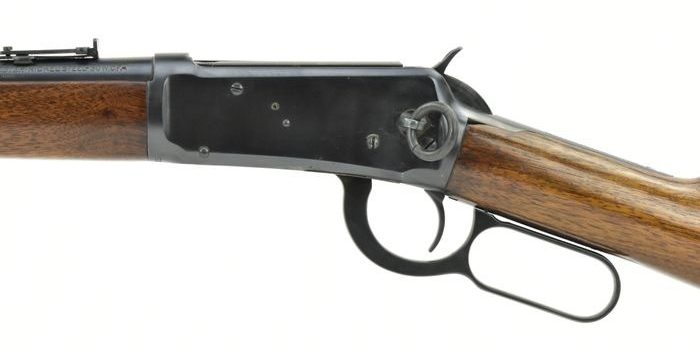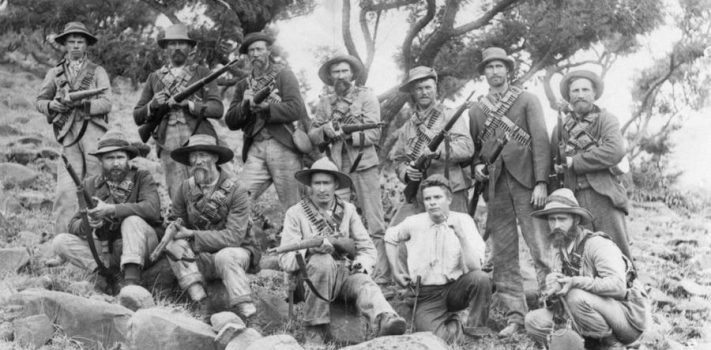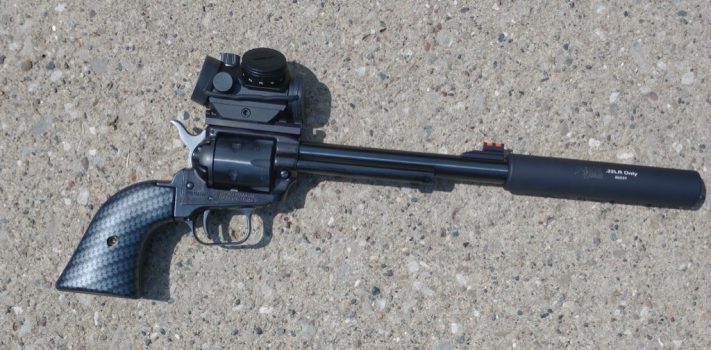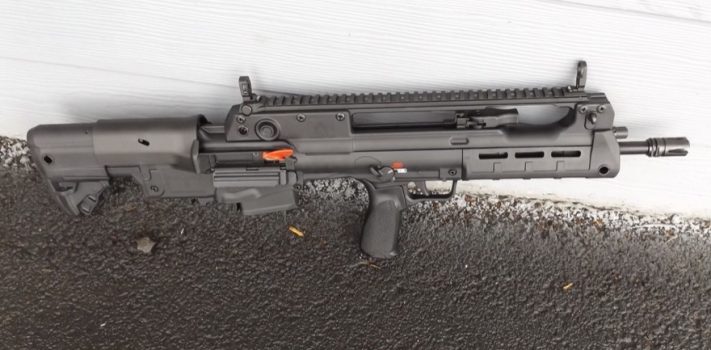Thoughts on a General Purpose AR-15 Rifle – Part 1, by Steve A.
You are a safe and responsible firearms owner. After much research on the web and discussion with friends and family, you have made the decision to purchase or build up a general service AR15 style 5.56/.223 caliber rifle and accept the responsibility of doing so. You have a reasonable budget in mind. Now what? You can certainly go buy a complete factory rifle and do very well with it. However, particularly if you plan to use the rifle for a lot of different uses you may well wish to order it bult to your specifications or build it yourself. By …

